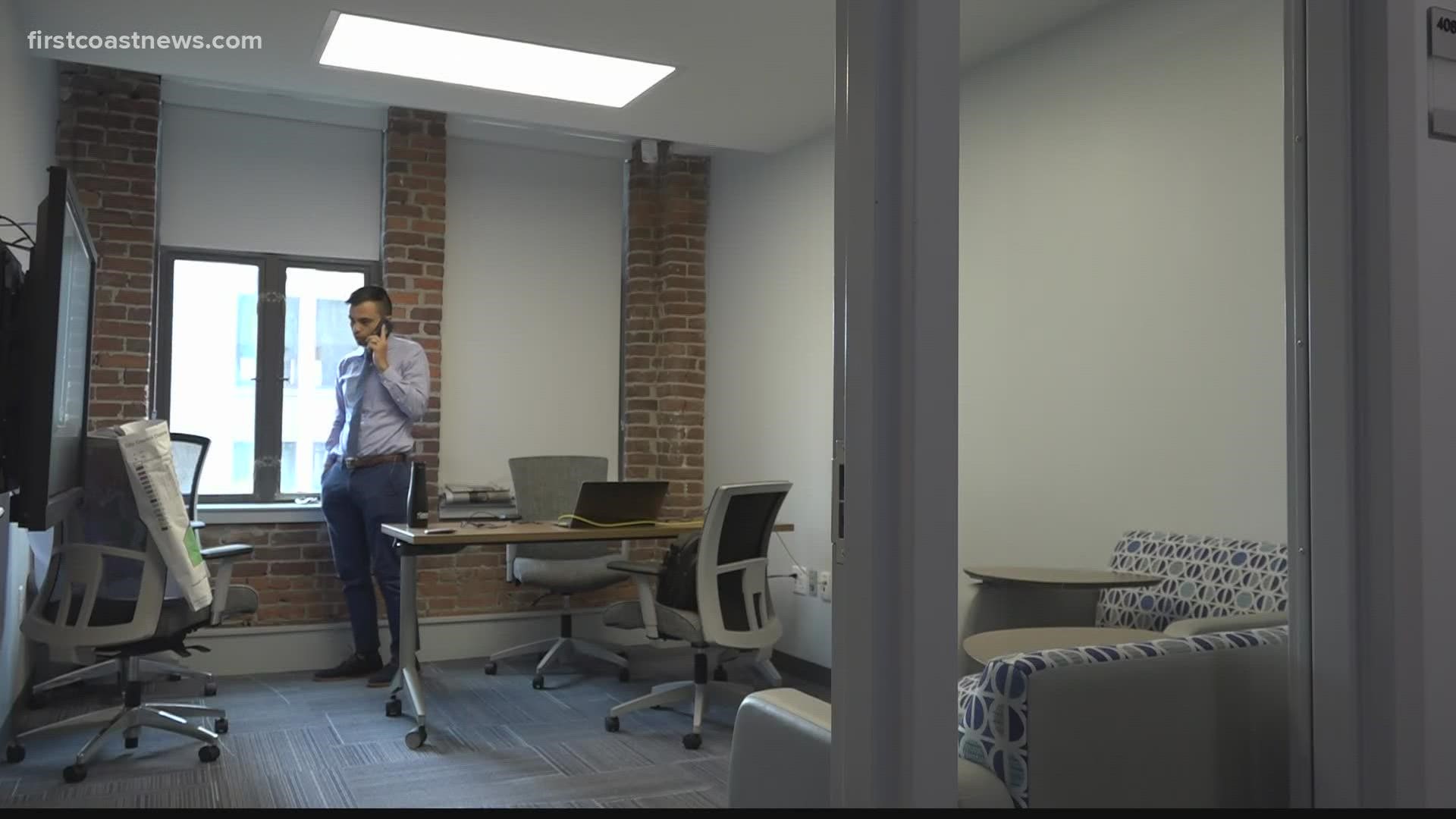JACKSONVILLE, Fla. — The apportionment of power in Florida and the United States balances on some lines on a map.
Those lines, which define state and congressional voting districts, will be redrawn in the coming weeks and months as the Florida Legislature embarks on its once-a-decade redistricting. That process got underway Tuesday in Tallahassee with the first meeting of the Florida Senate Redistricting Committee.
“People need to be paying attention,” said Andrew Pantazi. He is the founding editor of The Tributary, a nonprofit, nonpartisan newsroom that plans to cover reapportionment closely.
Due to the pandemic, Census data used by lawmakers to split districts into roughly equal population blocks arrived months late.
“This is going to be a much sped-up process,” said Pantazi, a former enterprise reporter at the Florida Times-Union. “My concern as a journalist and as a citizen is that gives more opportunity to cut corners, or to rush things through -- because they need to be rushed. If citizens are waiting [to participate], they're going to probably wait too long. They need to pay attention now.”
Florida’s population growth, up 15 percent in the past 10 years, means the state will get a new seat in the U.S. Congress. Changes are also coming to Northeast Florida which, as home to the fastest-growing county in the state (St. Johns), is slated to get an additional seat in the state legislature.
The new lines will shape races in the state House and Senate, a well as the congressional midterms, all of which will be on the ballot in November 2022.
By the numbers, Florida’s partisan divide between Republicans and Democrats is about 50/50, but drawing districts can have a dramatic impact on the political landscape.
“There’s packing and there's cracking,” said Pantazi, of a process that can concentrate or dilute the influence of political parties in a given district. “You can draw a map that is gerrymandered one way where Democrats win almost every seat, and you can draw a map the other way where Republicans win every seat.”
As The Tributary reported, it’s possible to draw a City Council map that favors Democrats in 11 out of 14 districts, or one that favors Republicans in 12 of 14 districts – just by shifting district boundaries. The story noted, “You can change who gets elected without ever having to change how someone votes.”
A decade ago, Florida voters barred political gerrymandering, but Pantazi says the design of existing maps, and the resulting balance of power, could affect how they are drawn for the next 10 years
“In Florida, we have Republican governor, a Republican state Senate and a Republican House. There's one-party control right now. Whether they use that advantage to shore it up more, we don't know yet.”
Pantazi says The Tributary’s coverage of redistricting will be watching for partisan intent but also old-fashioned political ambition.
“As long as there have been elections by districts, there have been politicians who want to choose who their voters are,” he said.
You can follow the Trib's reporting and find a tutorial on how to design a redistricting map to submit to lawmakers for consideration at jaxtrib.org.

